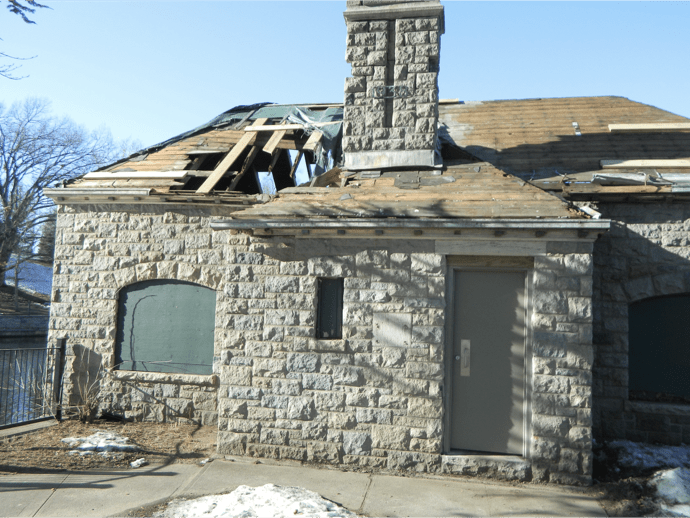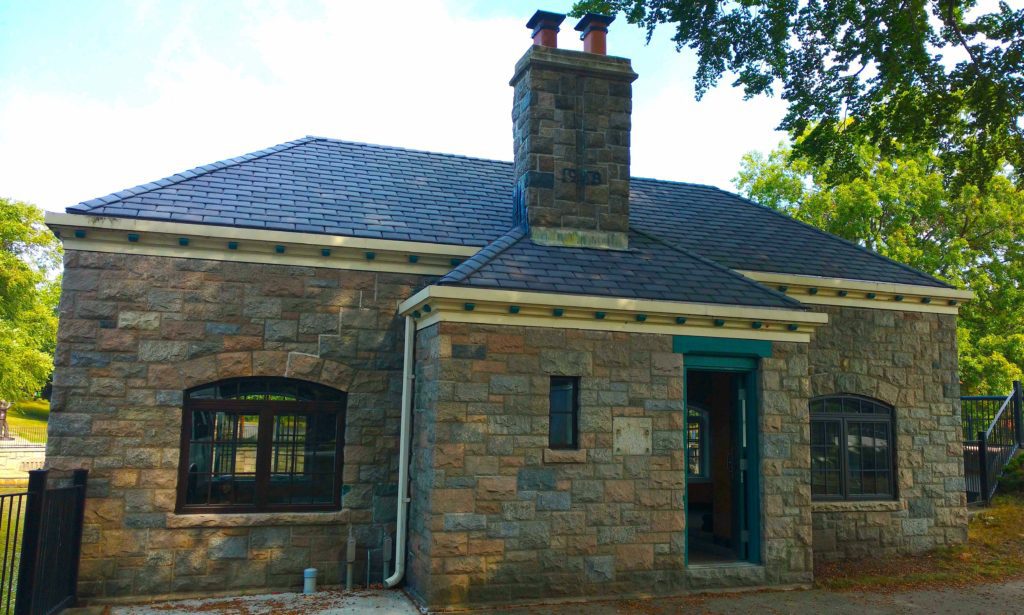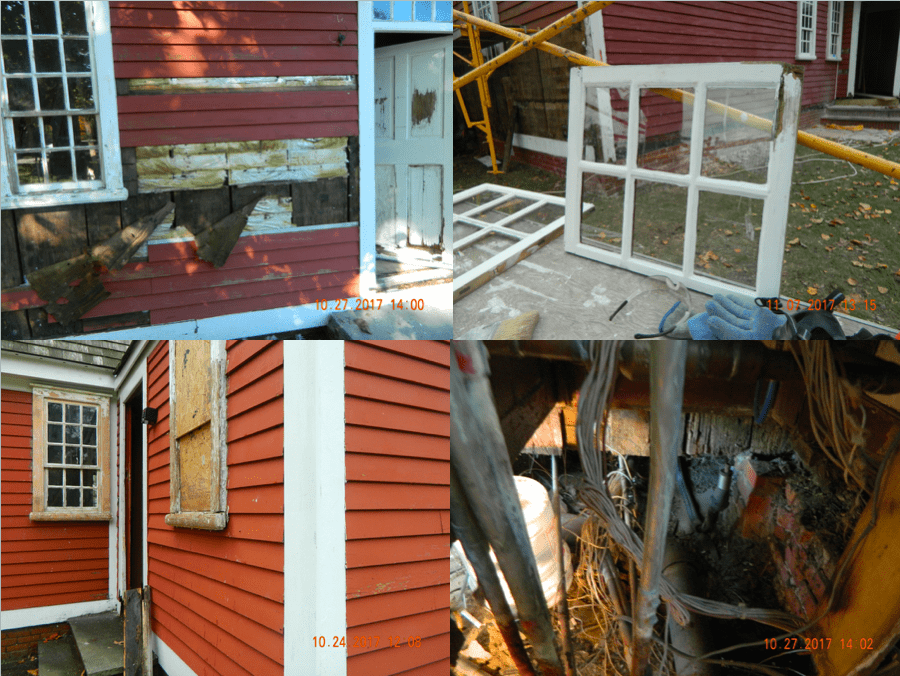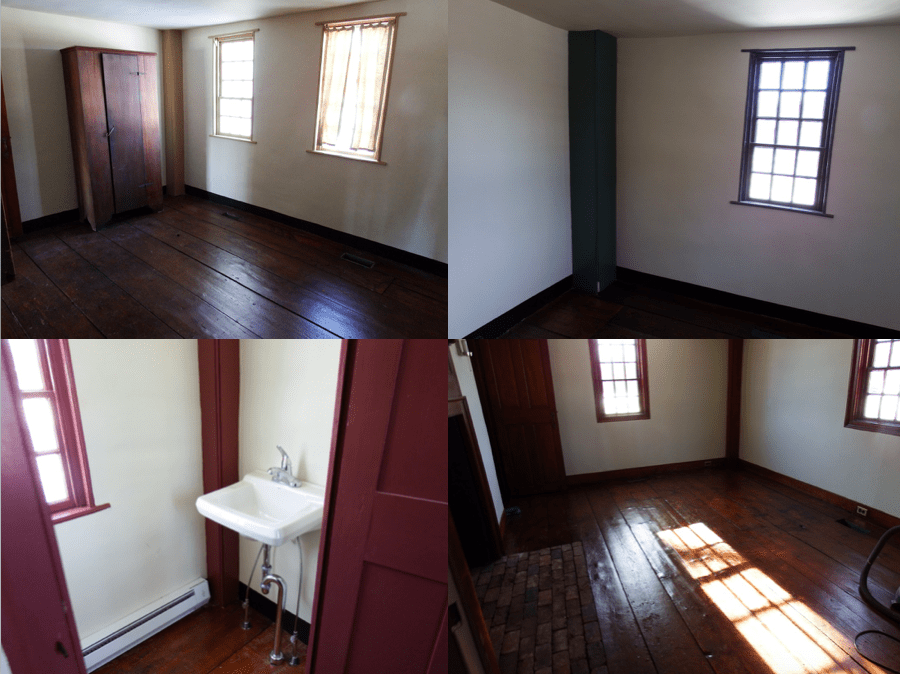We’re excited and honored that the remarkable restoration of Roger Williams Park has been nominated for Providence Preservation Society‘s “Fan Favorite” Preservation Award!
Click here to vote for Roger Williams Park by November 15 – it just takes a minute. THANK YOU!
BACKGROUND
In 2016, the Rhode Island Foundation celebrated its 100th anniversary with a major capital campaign to preserve and enhance Roger Williams Park – one of Rhode Island’s most treasured spaces – in partnership with the Providence Parks Department. Of the more than $9 million raised by the campaign, $5 million was used for immediate capital improvements, informed by an assessment of short-term infrastructure needs. The remainder funded a permanent endowment to provide perpetual operating support for the Roger Williams Park Conservancy, an independent nonprofit created during the campaign to work with the Parks Department and the community to offer programs, raise resources, increase awareness, and plan for the Park’s long-term sustainability. Additionally, $3 million was dedicated to infrastructure improvements through a state bond and $5 million was contributed from a combination of Parks Department funding, in-kind contributions, and several established Park trusts.
Buildings & Facilities: All of the Park’s historic buildings and facilities underwent major interior and exterior renovations, including the Museum of Natural History, Temple to Music, Casino, Bandstand, Boathouse, Carousel, Seal House, and Betsey William Cottage. The transformation of Betsey Williams Cottage and the Seal House was particularly striking:

Seal House before 
Seal House after

Betsey Williams Cottage before 
Betsey Williams Cottage after
Recreation & Landscaping: A system of five trails, a greenway for walking and biking, an off-road bike track, and new picnic areas and benches were added. Much needed landscaping and tree and garden planting has brought life back to many areas of the Park. Other improvements include the Rose Garden, Park entrances, Temple to Music lawn, Casino and Museum grounds, and much more.
Infrastructure: All light fixtures have been repaired and converted to energy-efficient LED. Roadways were repaved throughout the Park, handicap ramps and ADA compliant crosswalks were installed, and catch basins, scuppers and 29 stormwater management features were added. Masonry, stonewall, and ironwork repairs were also completed. New wayfinding, interpretive, and educational signage was added throughout the Park.
